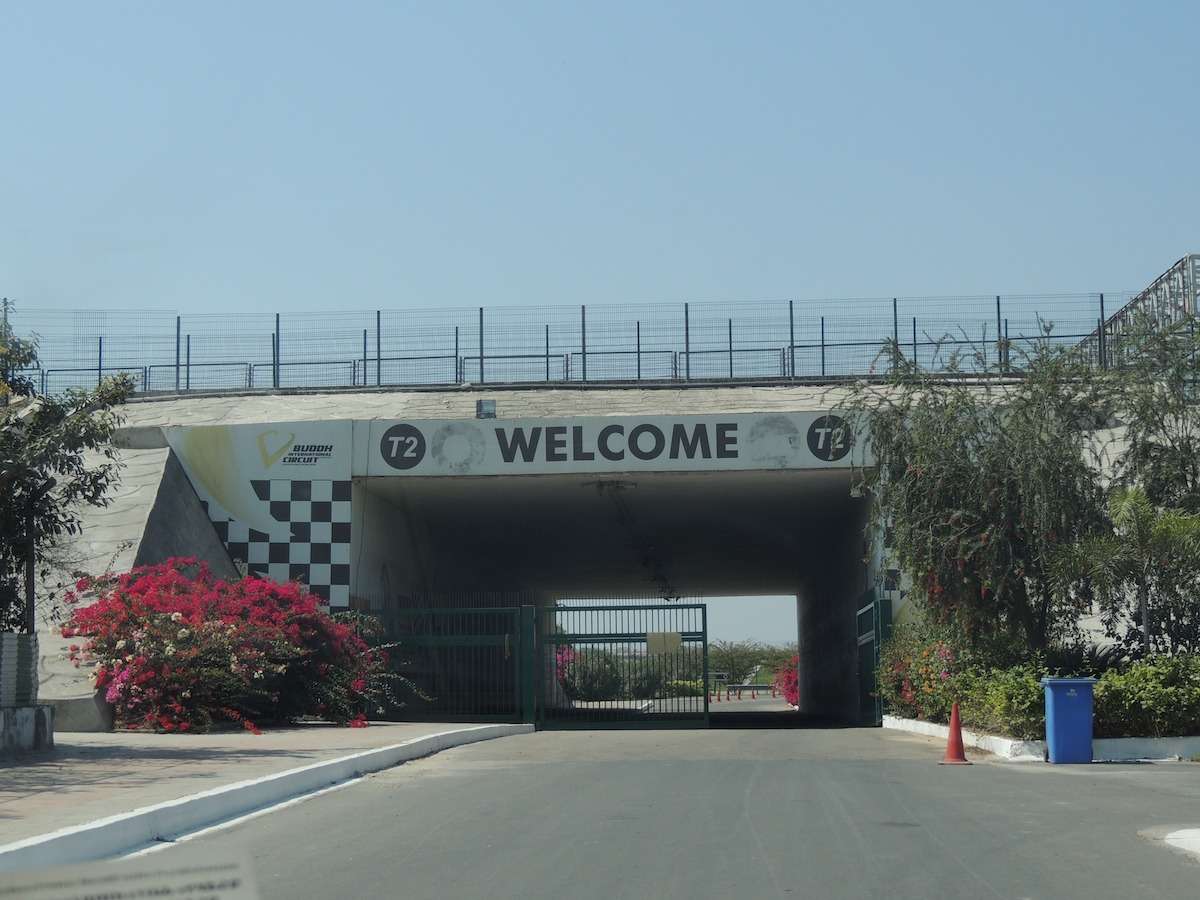
Buddh International Circuit, near New Delhi, hosted the Indian Grand Prix from 2011-2013. The circuit has not been widely used since and is showing the passing of time, reports Károly Méhes.
- The author visited Buddh International Circuit in March 2018.
- Editing & Additional Reporting: Andrew Balfour.
In the late 1990s and early 2000s, Formula 1 began expanding to unlikely new countries with money to spend. India always seemed an unlikely F1 destination, but the rapidly growing local economy made it possible. Aachen-based circuit designer Hermann Tilke, responsible for all of F1’s newest tracks, was called upon to draw up the new circuit on the outskirts of the capital, New Delhi. Buddh International Circuit was built for a reported $400m USD, just in time for the inaugural race in 2011.
The Indian Grand Prix was part of the Formula 1 calendar for 3 years, from 2011-2013. Sebastian Vettel won all three races for Red Bull. The race was ended following a tax dispute between the authorities of Uttar Pradesh (the state where Buddh International Circuit is located) and the FIA. The Indian Grand Prix has now been missing from the F1 calendar for all six seasons of the modern turbo-hybrid era.
Visiting Buddh International Circuit
Eight years later, I visited the track. It is still imposing and everything seems to be in place, but one can sense the passing of time. When I contacted the management of the Buddh International Circuit, I got an immediate response from Rajiv Murishwar, who said that I would be welcome to visit. Dodging the errant cows on the highway, I manage to make it to the circuit. It’s well-signposted and the imposing structure is hard to miss as you get closer. Endless parking lots and a suspicious guard stationed at 200-meter intervals asking questions about what I was doing there.

The Locals Loved F1
I’ve agreed to meet Rajiv Murishwar, who is accompanied by Parthesh Pandey, a former racing driver responsible for the racing activity at the circuit. The big question. Why was the Indian Grand Prix only staged three times? Their answers are a little bit murky, but the essence of the issue was the tax payments being requested by Uttar Pradesh made the race unprofitable for F1. The Indian state killed the F1 project in India, not Bernie Ecclestone or FOM. A strange turn of events. “The locals loved F1,” says Mr Murishwar with a big smile. “My dearest memory was talking to Michael Schumacher. He told me that he’d seen many great race tracks through his career, but this one made the biggest impression on him.”
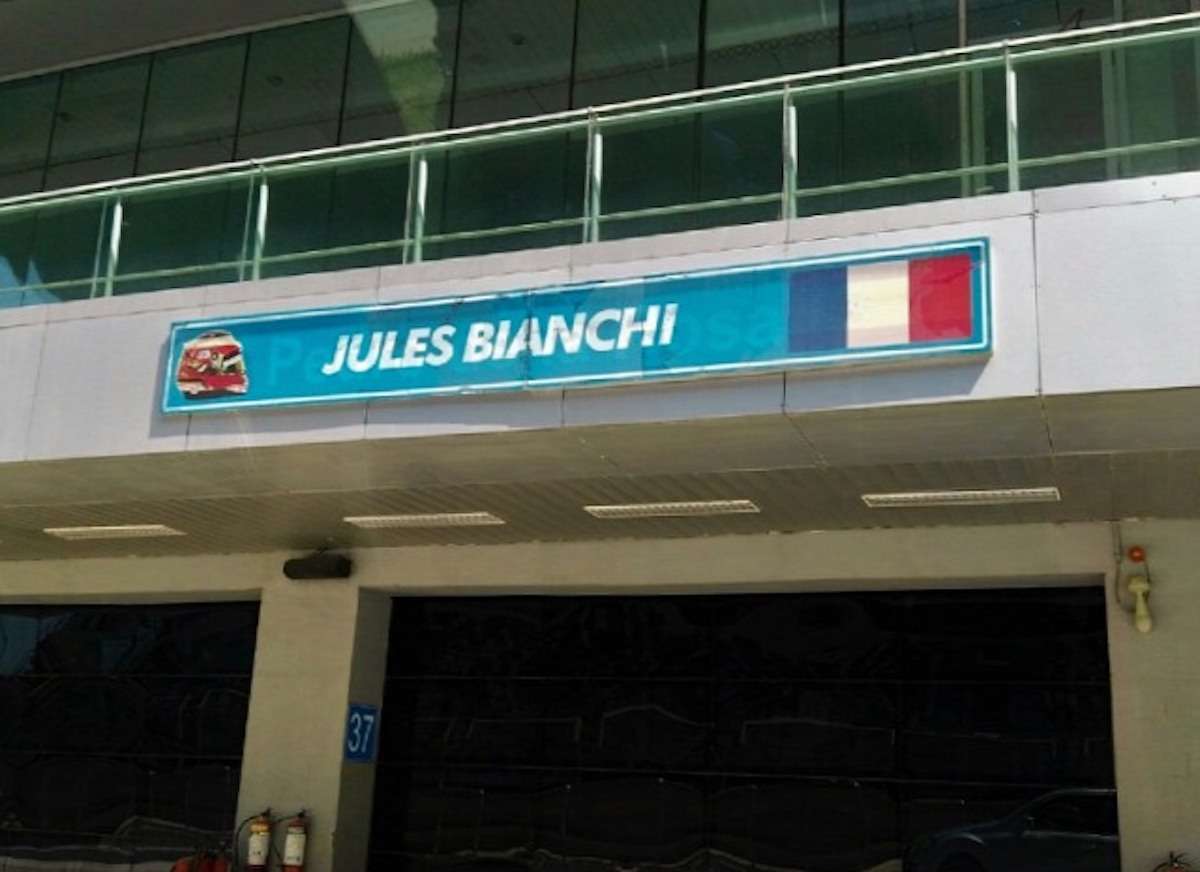
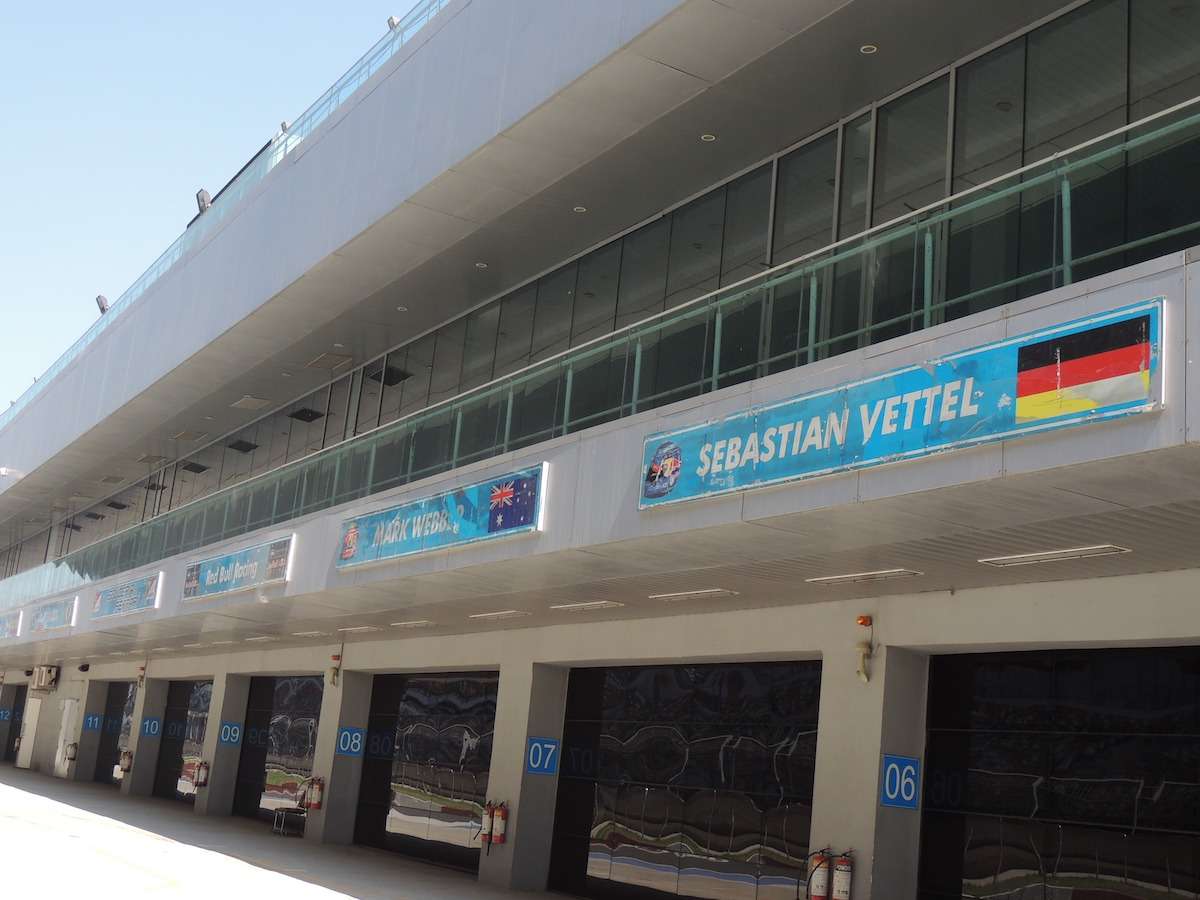
Frozen in Time
The pit lane is frozen in time. The teams and drivers of the 2013 Formula 1 World Championship are still displayed above the garages. Vettel and Webber at Red Bull, Alonso and Massa at Ferrari. And at the end of the line, Jules Bianchi at Marussia.

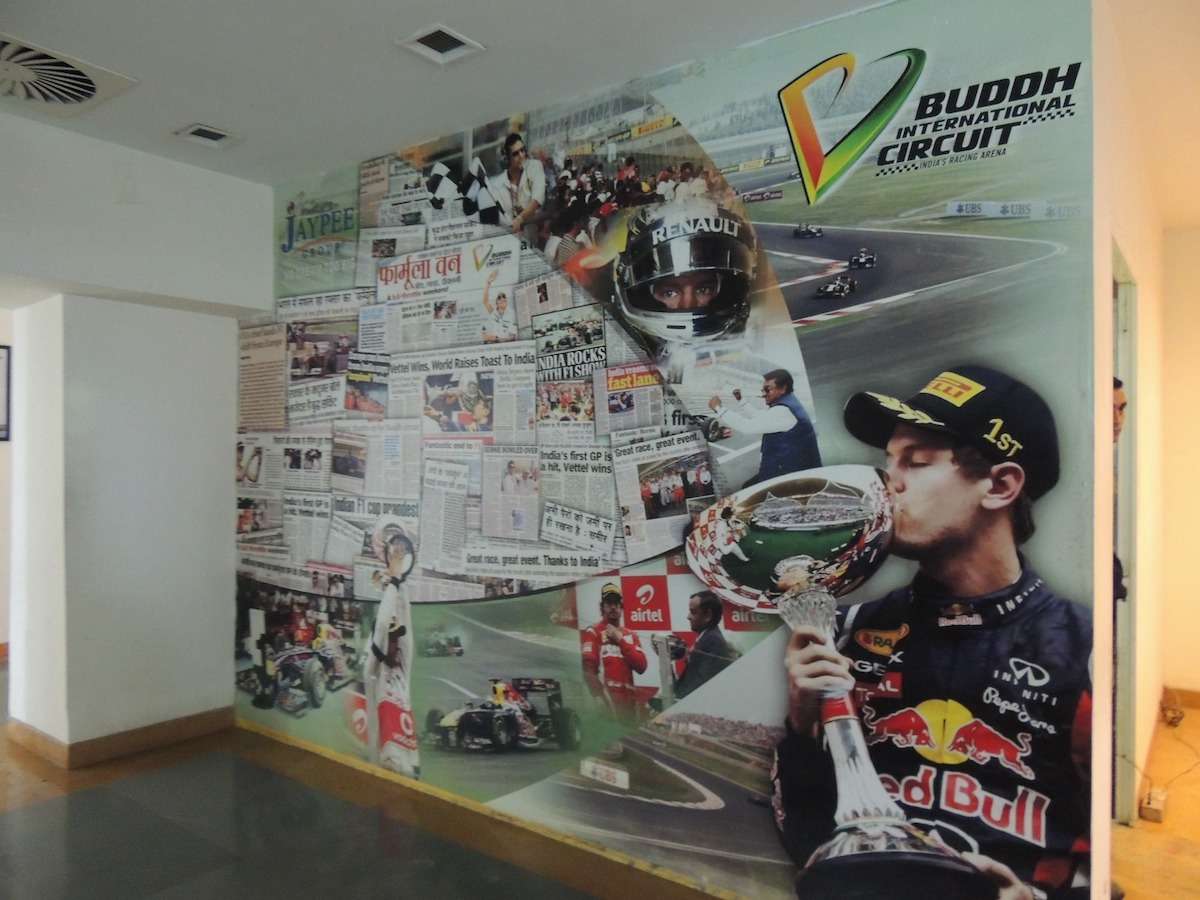
Ready for F1 to Return
The 500-acre Buddh International Circuit is well maintained. Local Formula series go racing almost every weekend and driving experiences are available for individuals and companies. The 52-camera monitoring system for the circuit works around the clock and medical staff are on hand with a helicopter at their disposal. The circuit management have an excellent working relationship with India’s two former Indian F1 drivers, Narain Karthikeyan and Karun Chandhok. When I mention Vijay Mallya, they politely change the subject. We visit the Control Tower, Press Centre and Medical Centre. All are in excellent condition, though the windows could do with a proper polish. Both of my hosts claim that very little would need to be done to bring the track back to F1 standard. It’s time to go. I bid farewell to my hosts and we agree to meet again at the fourth edition of the Indian Grand Prix, whenever that may be.
Did you visit Buddh International Circuit for the Indian Grand Prix? Leave a comment below and tell us about your experience.
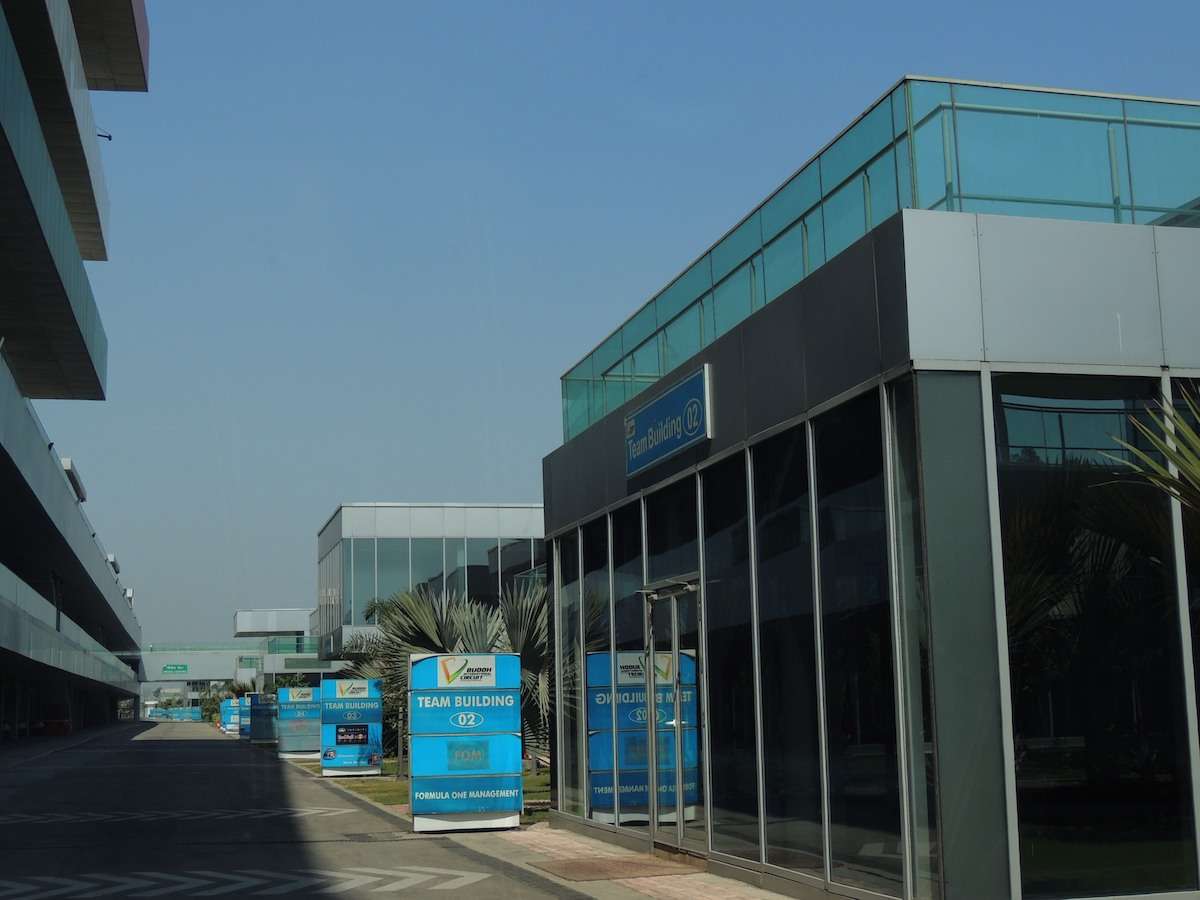
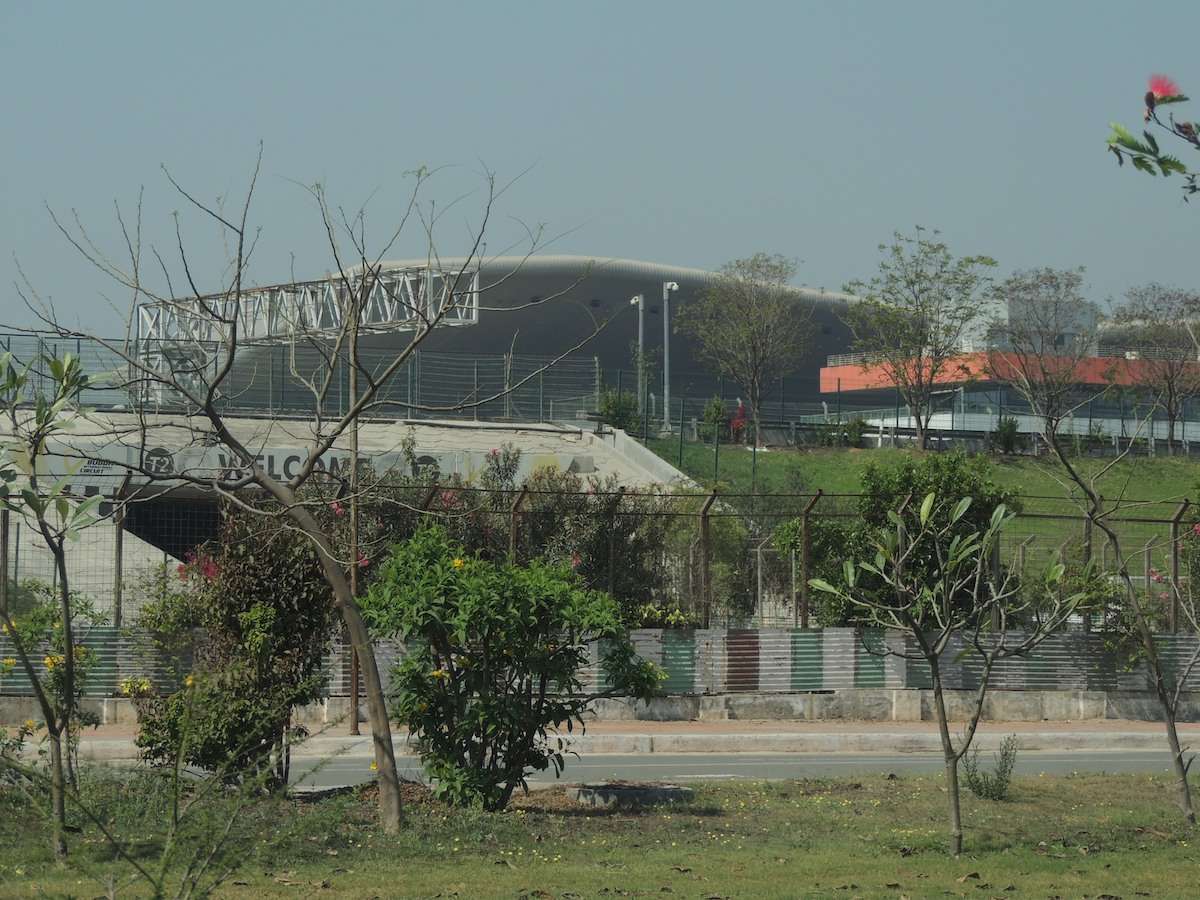



The Indian GP should return there are now arising many fans of F1 in India. Enough of giving reasons.